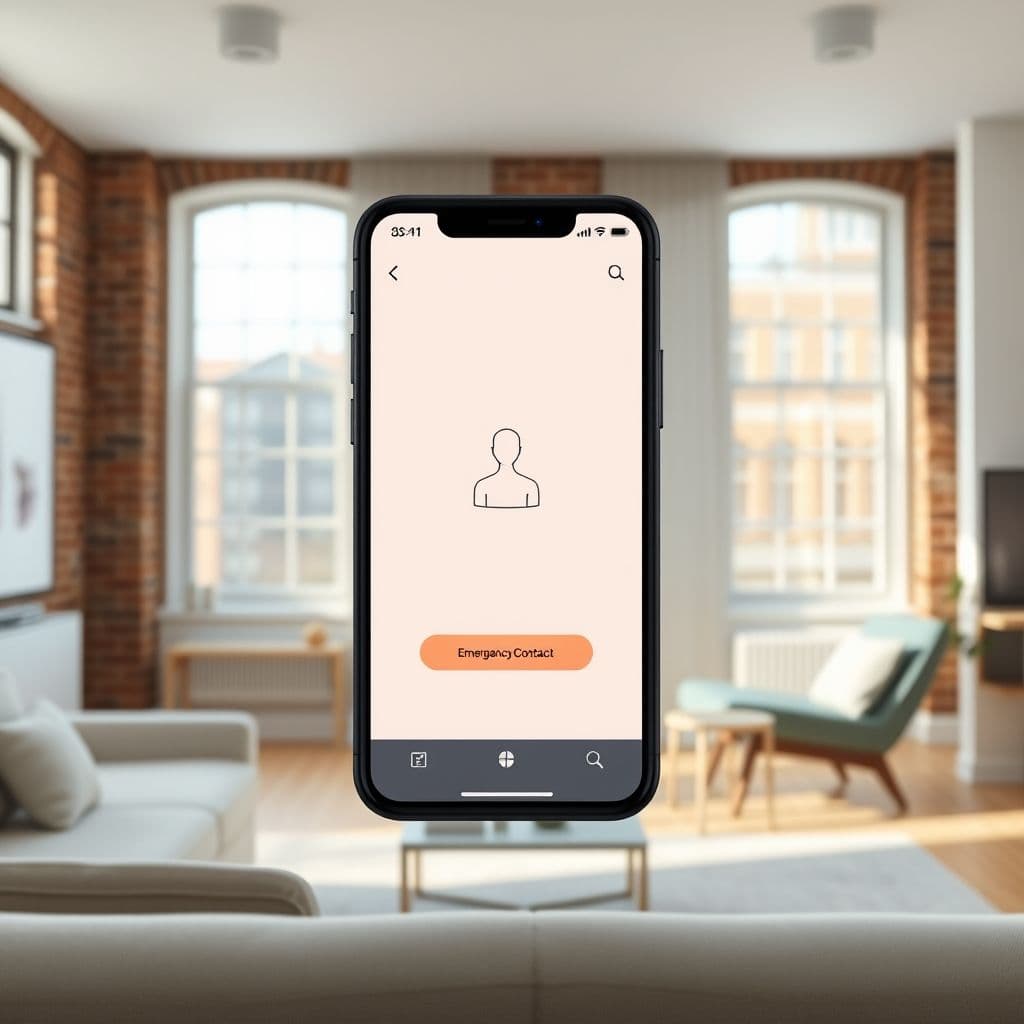Real-Time Panic Attack Support: A SaaS Solution for High-Stress Environments

Imagine being live on air, millions watching, when suddenly a panic attack strikes. This was the reality for an Australian meteorologist who bravely handed over to his colleague mid-broadcast. His experience highlights a critical gap in mental health support for professionals in high-pressure roles. What if there was a SaaS solution designed specifically for these moments?
The Problem: Panic Attacks in High-Stress Work Environments
Panic attacks don't discriminate by profession. From TV anchors to corporate executives, these sudden episodes of intense fear can strike anyone, anywhere - even during crucial work moments. The comments on the viral video reveal a universal struggle: 'I suffer with daily panic attacks,' 'I experience them a ton at work,' and 'I always either freeze up or start crying of embarrassment.' These testimonials paint a picture of professionals desperately needing support systems tailored to high-pressure environments.

SaaS Solution: Real-Time Panic Attack Support Platform
A hypothetical SaaS platform could bridge this gap by offering discreet, real-time support specifically designed for workplace panic attacks. Imagine a system that detects early signs of distress through wearable integration or user-initiated alerts, then provides immediate coping mechanisms. The platform could feature guided breathing exercises tailored for professional settings, subtle visual cues to ground the user, and even emergency protocols for critical situations like live broadcasts.
Key features might include customizable coping strategies based on profession (a news anchor's needs differ from a surgeon's), integration with workplace communication tools for seamless handoffs during episodes, and anonymized data collection to help organizations identify stress patterns in their environments. The system could also connect users with mental health professionals through on-demand chat or scheduled check-ins.

Potential Use Cases Across Industries
Beyond broadcast media, this solution could transform mental health support in numerous high-stress fields. Surgeons could access grounding techniques between procedures. Trial lawyers might use discreet biofeedback during intense cross-examinations. Air traffic controllers could benefit from real-time stress level monitoring. Even in corporate settings, executives could step away from negotiations with pre-programmed, believable excuses while the system guides them through recovery exercises.
Conclusion
The meteorologist's brave moment on live TV underscores a critical need for better mental health support in professional environments. While this SaaS concept remains hypothetical, its potential to normalize and support mental health struggles at work could revolutionize workplace culture. By combining technology with psychological insights, we might one day create workplaces where 'I need a moment' is as accepted as 'I need a coffee break.'
Frequently Asked Questions
- How would this SaaS platform differ from existing mental health apps?
- Unlike general mental health apps, this solution would be specifically designed for workplace integration, with features like discreet alerts, professional-appropriate coping mechanisms, and tools for seamless work handoffs during episodes.
- Wouldn't wearable integration raise privacy concerns?
- The hypothetical system would prioritize user control, with strict opt-in requirements and customizable data sharing. The focus would be on user-initiated support rather than constant monitoring.
- How could organizations implement this without stigmatizing employees?
- Implementation would focus on universal design - making tools available to all employees as part of wellness programs, not just those who disclose mental health challenges. Training would emphasize that stress management benefits everyone.


